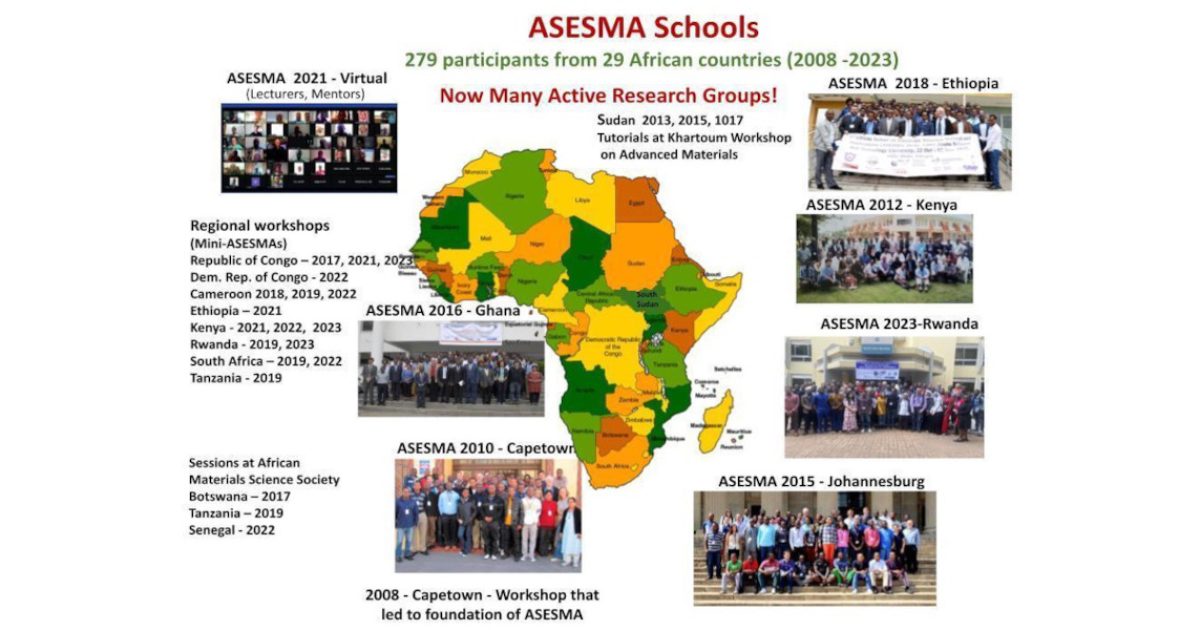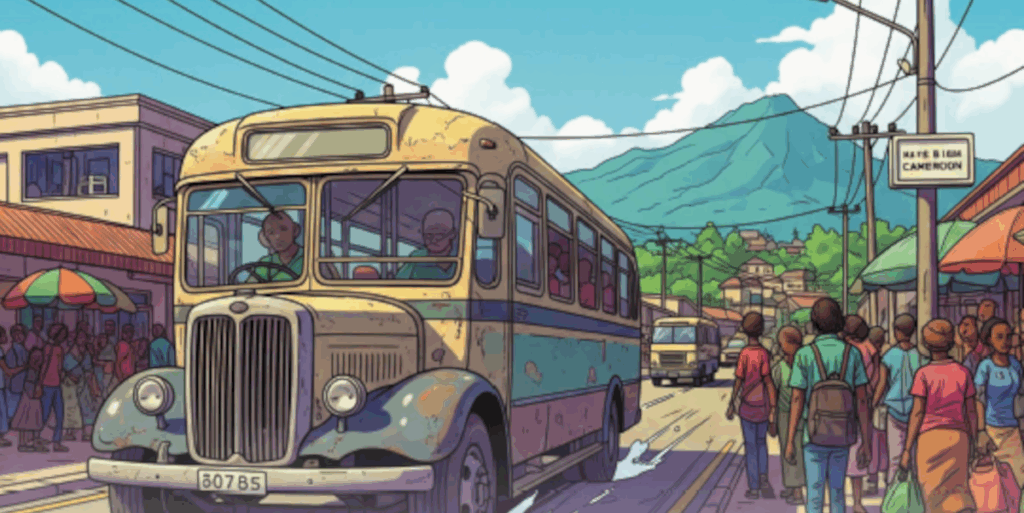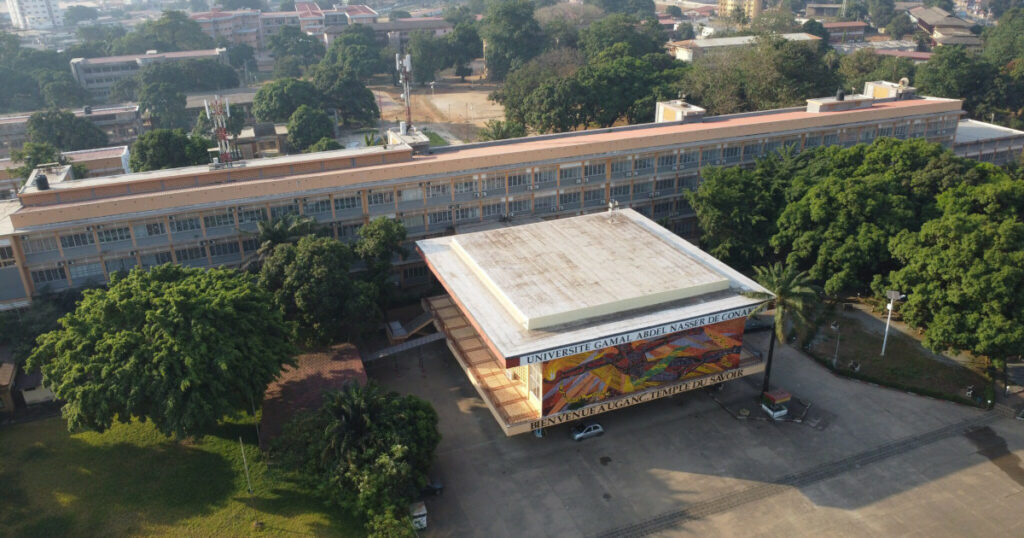In its 18th year of existence, ASESMA takes a new turn, with the introduction of online preschools, so that participants will go faster toward projects development
The 2025 edition of the African School for Electronic Structure Methods and Applications (ASESMA) will be different from the previous schools in the series, with an on-line “preschool” similar to one which was held online at the end of last February, preceding the main school taking place in Accra, Ghana on June 9-20, 2025. The online lectures and question-and-answer sessions were designed to open more opportunities for students and young researchers to learn about the field, and to help prepare the new participants for the main school.
The school in June will be in-person, and will follow the format of previous schools with lectures, hands-on tutorials, and projects, with the difference that there can be a greater range of topics and more in-depth projects. The new approach is possible because of a growing number of active researchers, and is meant to strengthen the research networks with an expanded long-term vision for research in Africa.
Background
ASESMA is an on-going series of schools started in 2008 and held in different African countries every two years. The result of this long-term effort is an active research community in the field of atomistic simulations and computational materials science. It has built a collaborative network of scientists inside Africa and with the other scientists across the globe.
The schools are focused on the fundamental understanding of materials at the atomic scale. It therefore brings together scientists in physics, chemistry, materials science, and other fields. The topics of the schools are methods that are widely used throughout the global science community, and they evolve to keep up with new advances. This provides a foundation for collaboration across different disciplines at a college or university, building networks among scientists across Africa, and collaboration with the global science community.
Research linked to pressing issues
Materials science is an important discipline for development in Africa because of the region’s rich reserves of mineral resources, energy potential, and unparalleled biodiversity. The advancement of materials science in Africa offers promising opportunities for economic growth and the cultivation of skilled individuals. The field is a key area for technological advancement and is an essential part of education for the future of the continent.
There are numerous successful materials science initiatives underway on the continent that deserve broader international recognition and the encouragement of global collaborations. ASESMA is playing an important role in these efforts by developing knowledge and experience in computational materials science and electronic structure simulation methods, which are fundamental for understanding and for practical applications from the conversion and storage of energy, through environmental remediation (e.g., water treatment), to catalysis and biochemistry. This research is therefore linked to pressing issues for the whole African continent, like those of securing sustainable sources of energy, clean water, food, efficient exploitation of natural resources, and development of drugs against diseases, many of which are specific to the continent.
Mixed level participants
The ASESMA schools combine lectures with hands-on computational experience and projects with scientists at the schools. Participants are selected from across the continent through a competitive process, and the lecturers and mentors are outstanding scientists from across the world, with more and more African scientists assuming responsibilities as the expertise increases within Africa. In order to grow the field and develop networks, about half of the participants in each school are new to the field while the other half are experienced participants, who serve as tutors, expanding their knowledge and building connections.
ASESMA was endorsed by the International Union of Pure and Applied Physics (IUPAP) as a series initially for ten years (2010-2020) and has since then been renewed for a second decade (2020- 2030). Success in building up a network is possible only because of long-term support by the Abdus Salam International Centre for Theoretical Physics (ICTP), IUPAP, the U.S. National Academy of Sciences, the U.S. National Science Foundation, the European Centre Européen de Calcul Atomique et Moléculaire (CECAM), the Swiss National Centres of Competence in Research (NCCR-MARVEL), the Thomas Young Centre, and others..
Building a network
The success of ASESMA has led to new activities, including many smaller regional schools focused on particular topics. The network of scientists is enhanced by ASESMANET, which aims to promote scientific exchange and collaboration through scientific exchanges within Africa and between Africa and Europe, including also support for attending international conferences. Since 2019, this network has supported 24 intra-Africa research visits, nine Africa-Europe research visits, and the participation of nine scientists in meetings in Europe.
These contributions highlight the network’s crucial role in advancing its goals by fostering collaboration among scientists across African countries and building strong connections with research groups around the world. There will be a call for participation in Psi-k and CECAM activities and research visits in 2025.
Initiating lasting research projects
The 2025 edition will build on the previous schools while adding a broader range of topics and new aspects designed to make it easier for new people to participate and for active people in the field to become more effectively involved in advanced activities. The main school will be organized to first go over the basic topics. Because many topics were covered in the preschool, it will be possible to move more quickly into the theory and computational methods for electronic structure.
Small groups working on carefully planned projects will provide experience in areas of current research. The goal is for all participants to have sufficient experience to be able to do calculations with the understanding of what is being done, so they can join the community and begin to contribute effectively. At the same time, experienced participants will be able to start more quickly in advanced topics that will lead up to advanced projects. The goal is for there to be time during the two-week school to make solid progress on a project that may continue after the school concludes.
G. Gebreyesus, University of Ghana, Ghana, Richard M. Martin, University of Illinois at Urbana-Champaign, and Stanford University, U.S., Nicola Seriani, Abdus Salam International Centre for Theoretical Physics (ICTP), Italy
This article has been published by the African Physics Newsletter in April 2025. It is reproduced with the authorization of the American Physical Society.




